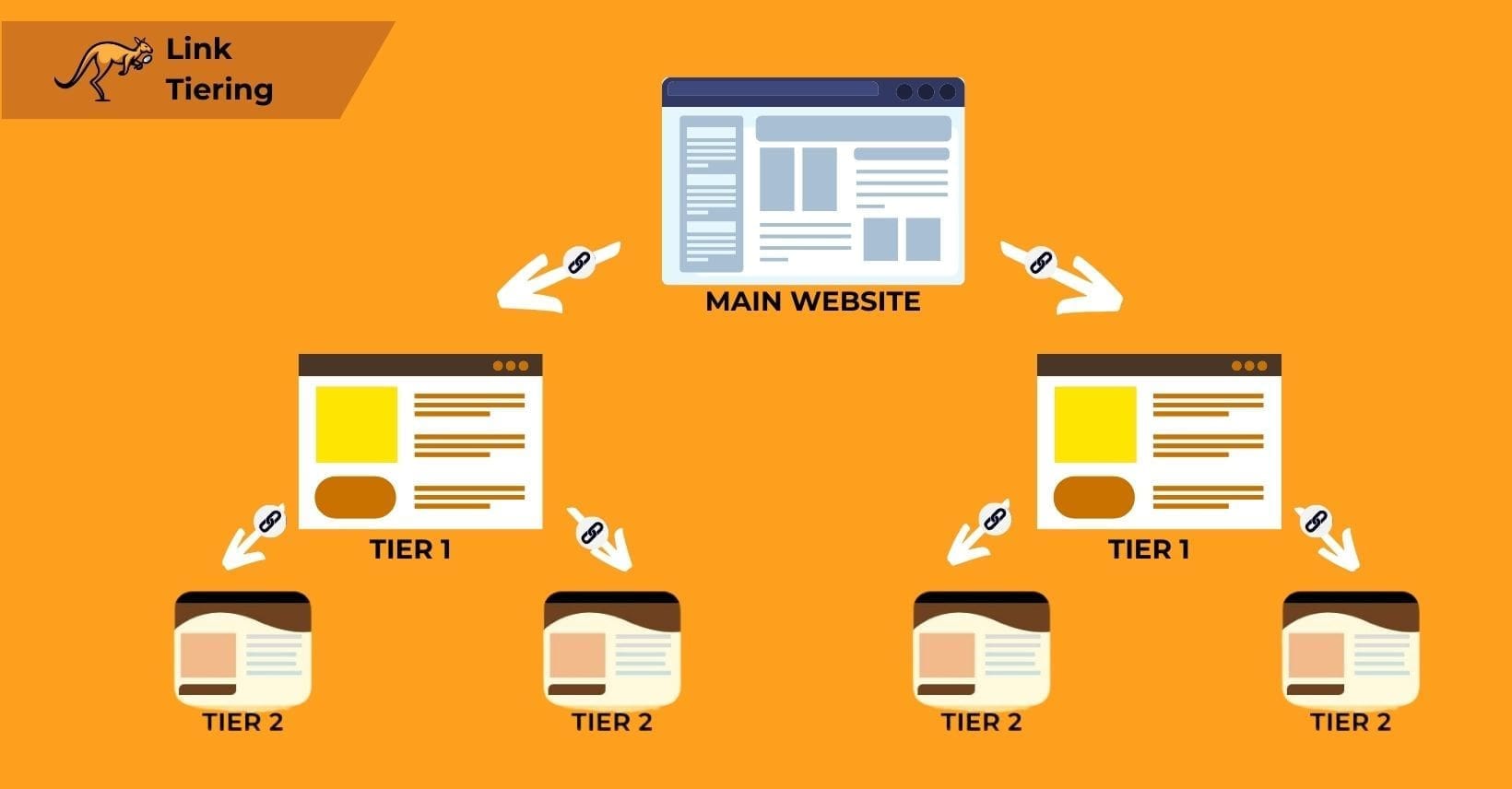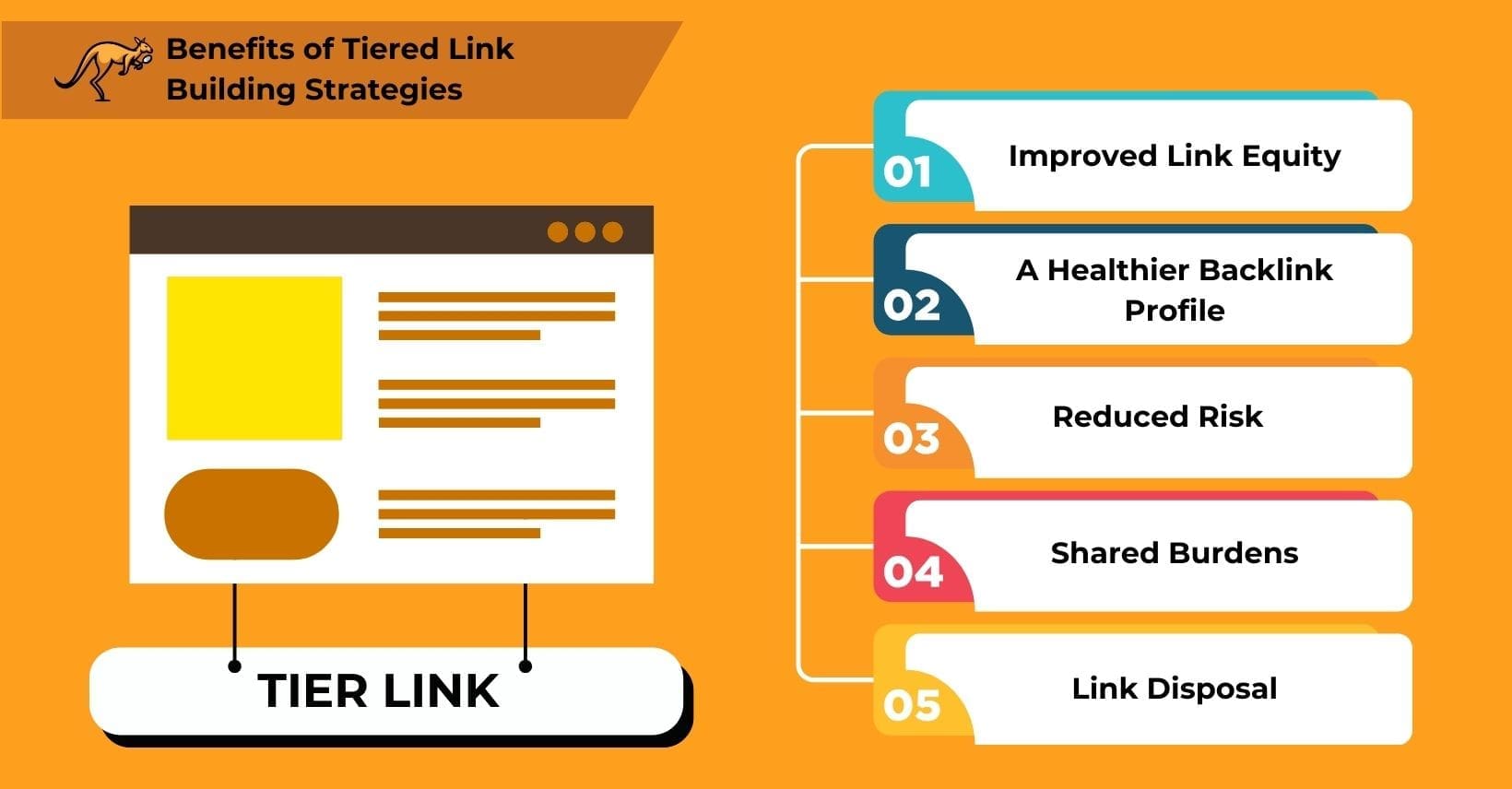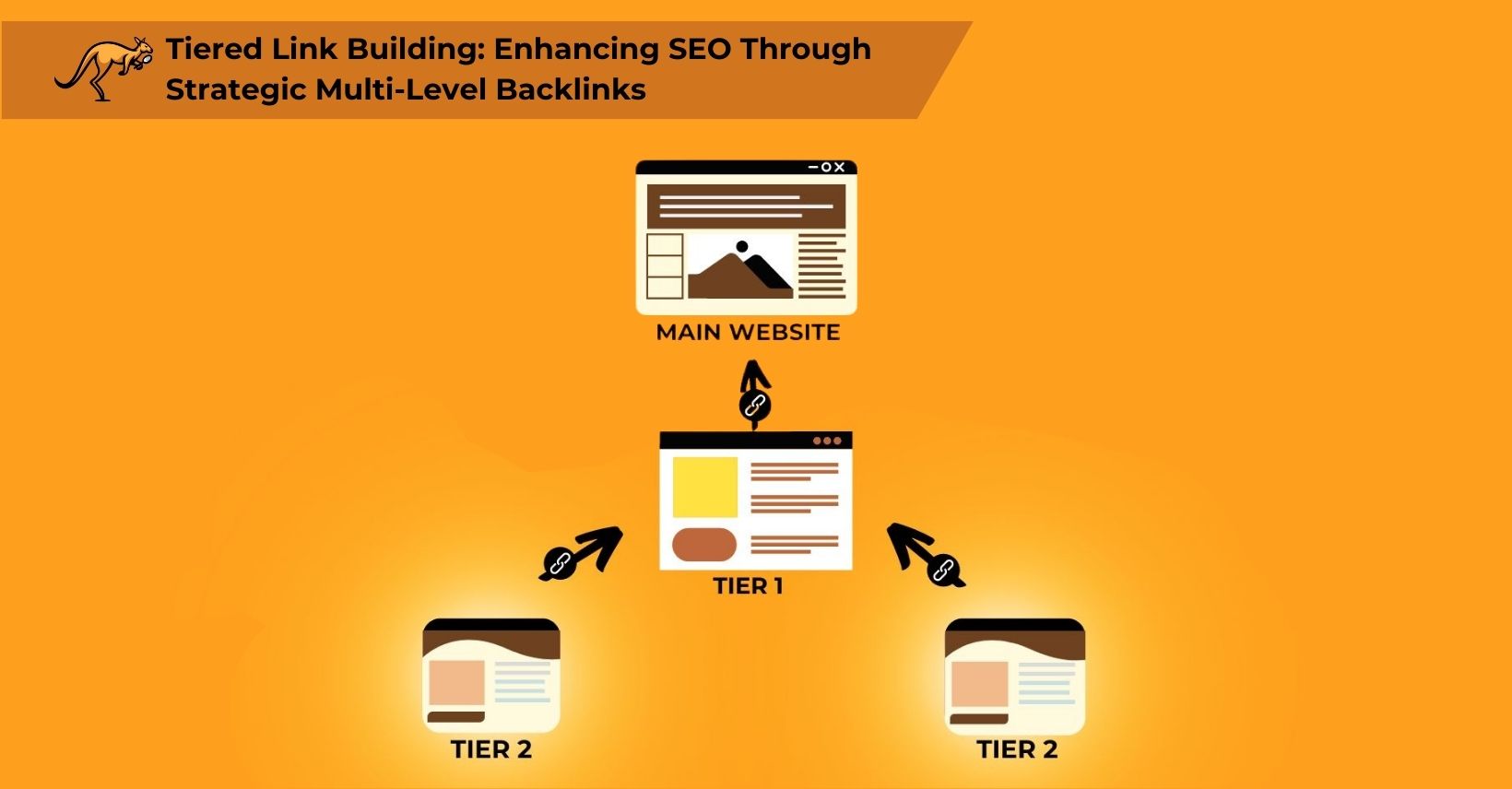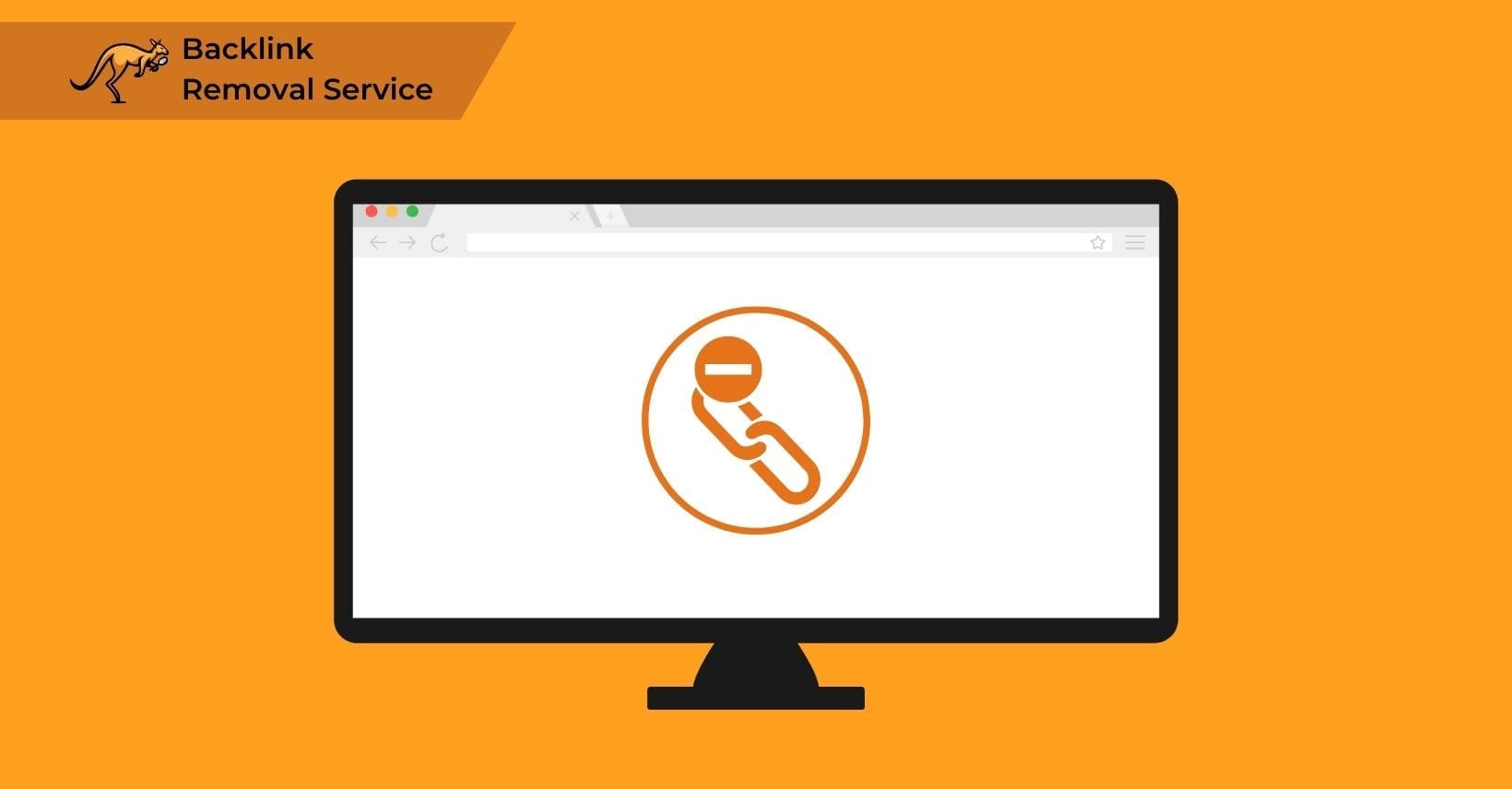Tiered link building enhances SEO performance by creating a structured pathway for link equity to flow to your website, where the hierarchical organization of backlinks amplifies the power of high-quality connections while minimizing the negative impact of lower-quality links, resulting in improved search rankings and domain authority.. This technique leverages multiple levels of links to subtly yet powerfully amplify the impact of your primary link-building efforts.
Focusing on a tiered structure, this method allows for a strategic and organized enhancement of your site’s backlink profile. As we delve deeper into the nuances of this approach, it’s important to understand the foundational concept at its heart. Next, we explore how tiered link building operates and why it’s a vital strategy for those aiming to optimize their SEO efforts comprehensively.
What is Tiered Link Building?

Tiered link building represents a structured SEO strategy that organizes backlinks into hierarchical levels, where third-tier links point to second-tier links, which then direct to first-tier links that connect directly to your website, creating a pyramid-like structure that funnels link equity toward your main site while protecting it from low-quality connections. This systematic funneling amplifies the impact of each link within the network, leading to a substantial boost in your site’s SEO performance.
This methodical structuring clarifies the pathway of link juice to your main website and optimizes your link-building efforts’ overall effectiveness. Now, let’s delve deeper into the operational dynamics of this strategy in the following section, where we will explore each tier’s exact mechanisms and benefits in detail, illustrating how they collectively enhance your website’s search engine visibility.
How does Link Tiering Work?
Tiered link building works by sorting backlinks into at least two tiers (often three or more) based on quality and domain authority, where high-quality links point directly to your website while lower-quality links support these primary connections instead of linking directly to your site, which creates a natural flow of link equity..
A typical tiered link-building strategy separates the links based on their quality and value in terms of domain authority. This means that all of the links are used in the link-building process, but only the best are actually pointing to your site directly.
First Tier Links
First-tier links are the best of the best: dofollow backlinks from high domain authority sites that are pointed directly at the target site.
These need to come from relevant websites boasting high domain authority, meaning that they are high-quality links from relevant and respected websites.
These are essentially the core pieces of your backlink profile and the websites that you would be most proud of receiving links from.
Second Tier Links
Second-tier links are less important and less influential but still quite good. Ideally, you want them to be dofollow links, but not all of them are—these could be links from personal blogs, directories, and so on.
In a tiered link building strategy, these are used to reinforce the first-tier links and bolster their authority, strengthening them as search engine optimization tools.
Since these are less important as links, a balance of both quantity and quality links is ideal. Since they are less powerful, you want more of them.
Third Tier Links
Third-tier links and everything below them are much less restrictive and are low-value links (usually nofollow links) that are not very strong.
These could include blog comments, social media links, or anything that is not particularly useful and/or permanent.
Third-tier links are quite weak and not very useful, so they are pointed at second-tier links to bolster their SEO power. Quantity is more important than quality, although better third-tier links still have an advantage over worse ones.
Fourth Tier Links
While some tiered link-building strategies may include fourth-tier links, which typically fall under black hat techniques, it’s essential to recognize their presence in the SEO landscape. These layers of links can form part of less reputable strategies, often introducing substantial risks. Understanding the existence and implications of such approaches is critical, as they underscore the intricacies and potential pitfalls within SEO practices.
This awareness sets the stage for discussing the intended benefits of tiered link building, revealing why it’s crucial to approach this strategy with a clear understanding of its potential impacts on your SEO outcomes. Let’s explore how tiered link-building benefits your SEO efforts, providing a strategic advantage while mitigating associated risks.
How is Tiered Link Building Meant to Benefit You?

Tiered link building offers several benefits including improved link equity distribution, protection from low-quality backlinks, enhanced content relevancy across your link profile, and more efficient use of unrelated content to boost your rankings, which creates a stronger overall SEO foundation than simply pointing all links directly to your site.
The important detail that you may have missed is the context of the links and how relevant they are. If you have irrelevant links pointing to your site, you might get more penalties than you do benefits.
By using this tiered system, you can “convert” unrelated links into more authority for sites that are related to you. You are not getting more links, but you are making the existing links better. Let’s explore these benefits further in the section below.
An Example
Let’s say you run an online furniture store. Guest posts on blogs about furniture are obviously relevant, but a link from a site like Forbes is obviously first-tier link material.
Of course, you might also get link opportunities on sites with articles about the fishing industry. These are not related to your furniture store, so they would be effectively useless if they point directly at your site. They might even get your site penalized.
By linking that fishing business article to Forbes, you would be slightly boosting Forbes’ authority, which would translate to more authority for your site too. The fishing site is not related to yours, but it relates to the middleman site.
Why This Matters
One of the biggest issues with link building is link quality. Low-quality links can be a big risk, and even middling-quality links are not all that powerful. If you create links from unrelated sites, that quality score does not even really matter since your site will barely benefit from them.
By using this middleman trick, you can rely on tiered link building as a way of converting unrelated content to related content. While you will not necessarily get the full effect of the authority, you are still getting a boost that your competitors may not have.
The main goal of any link-building campaign is to boost your own website, and irrelevant links are worthless for that, anyway. Using them to enhance your highest-quality links sidesteps this issue. Now, let’s delve into the advantages this method offers as we explore the benefits of tiered link-building strategies, enhancing our understanding of how strategic link placement can significantly improve SEO outcomes.
What are the Benefits of Tiered Link Building Strategies?
Tiered link-building sounds useful on paper, but understanding its actual benefits can be important if you are considering it as a strategy.
Like many SEO tactics, using tiered link building correctly can be tricky. If you misunderstand the point behind the tiers, it is easy to sabotage your own search engine rankings in the short term.
Some of the core benefits of tiered link-building include the following:
Improved Link Equity
Using lower-quality backlinks to boost higher-quality ones allows for a transfer of link juice, making your best links stronger without actually adding any more to your link profile.
This gives you an easy way to make existing links better by funneling more domain authority into them while also skipping the issue of connecting too many links to a single page.
Tiered link building improves SEO by funneling link equity from multiple sources through a structured hierarchy to your main website, which amplifies the power of high-quality backlinks, dilutes the negative impact of low-quality connections, and creates a more natural-looking backlink profile that search engines reward with higher rankings.
A Healthier Backlink Profile
The hierarchy system used in a tiered link-building strategy creates a solid, multi-topic backlink profile that all points back to your main website.
This creates a healthier backlink profile made up of only good first-tier links, all of which are relevant. Any irrelevant or lower-quality links are used to feed the high-quality backlinks so they do not harm your main link profile.
This effectively means that you have a profile of only high-quality backlinks while still getting the link equity from all of the backlinks connected to your site, completely skirting around the problems with large-scale link building.
Most search engines prefer this kind of backlink profile, meaning that your own website could technically rank even higher than if you used conventional link-building tactics.
Reduced Risk
Since all of your poor or quantity-over-quality links are third-tier backlinks, they are not pointed at your main website directly. This means that none of your third-tier backlinks are harming your backlink profile.
Doing this reduces the risk of harming your search engine rankings, but it also means that spam links impact their target sites instead of your own.
While you can still suffer if search engines start to penalize a lot of second- or third-tiered links, this is not very likely.
This means that your backlink profile is very safe from potential problems, ensuring that low-quality backlinks can’t damage your rankings if something goes wrong.
Improved Content Relevancy
While you want only primary links from relevant sites, this strategy allows unrelated content to boost your web rankings.
Not only can you transfer page authority from unrelated sites, but a tiered link-building strategy can often snowball into a great way of boosting your entire site using any links you can find.
Even the third-tier backlinks are useful, and the fact that you are not pointing them at your own site bypasses the problems that can come with using too many of them.
Shared Burdens
One of the biggest concerns about search engine optimization is stacking too much onto one page. Using too many spam links or low-quality links can backfire on a site, especially if they are not relevant.
Not only does building tiered links allow you to use a wider range of links, but you can also spread them around multiple first and second-tier sites. This means that you will never need to worry about any site getting penalized for having all of your bad links pointing at it.
Being able to spread links around multiple sites also means that you can avoid stacking too many links to one page or focusing too much on one kind of link topic over another.
Link Disposal
Tiered link building is not a direct disposal method, but it strategically utilizes a hierarchy of links to enhance your website’s SEO. By developing a robust network of first-tier and second-tier links, you can integrate a wide range of topics, making almost any link relevant. This approach allows you to effectively manage less relevant link-building opportunities by embedding them within a structured framework of higher-tier links.
Such a strategy cleans up your link profile and extracts value from each link, regardless of its initial relevance. This systematic categorization and utilization of links pave the way for a more organized approach to enhancing your site’s SEO through structured link building. Now, let’s delve deeper into the practicalities of this method in the next section, where we will explore how to effectively implement and benefit from this strategy in your SEO efforts.
Building Tiered Backlinks
Implementing a tiered link building strategy requires defining clear quality criteria for each tier, securing high-authority guest posts for first-tier links, obtaining medium-quality directory and blog links for second-tier connections, and creating volume-focused third-tier links through comments and social profiles, while maintaining detailed tracking of your entire link structure.
First Tier Link Building
The easiest way to get first-tiered links is to guest post on established sites in your niche. A guest post can be a great way to link back to your site from a very relevant source, especially since a typical guest post might be completely free.
Not only does a guest post give you control over what you say, you can usually slip in a link or two – especially if you get their permission.
Be sure to use the right SEO tools to identify sites that your competitors are not using. Try to choose ones that are clearly open to guest posts. These are easier to place a linking guest post on and are less likely to cause issues with your competitors.
Remember to limit yourself to respected and high-quality sites that offer dofollow guest post links. This leaves you with a very small pool of options for ideal primary backlinks.
Second Tier Link Building
Second-tier backlinks are easier – a blog post on a blog site, a guest post on a smaller unrelated site, or even just directory links in other niches and industries.
When connecting these second-tiered backlinks to a first-tier site, try to keep them diverse. This helps the second-tier backlinks seem more natural than inbound links.
Third Tier Link Building
Third-tier links are more about volume than quality. Even if they are lower-quality backlinks, and many will disappear over time after being penalized or not indexed, you have so many that it does not matter.
Try to create thousands of these links if you can. Blog comments or comments on guest posts, article comments, article directories, forum links, social media profile links – anything that leaves a link.
It is best to keep the ball rolling with third-tier links, too. Second-tier backlinks are fairly sturdy, but third-tier ones can vanish rapidly, so you always want new replacements coming in.
Should I Use Fourth Tier Links
Avoid creating fourth-tier links, as they minimally impact your search engine rankings and often require automated tools for the mass production of low-quality backlinks. The minimal link equity provided by these links categorizes them as black hat techniques and not worth the risk.
This leads directly to discussing the broader implications of such strategies, which we will explore in the following section, emphasizing the potential hazards associated with improper or aggressive link-building tactics.
The Risks of Tiered Link Building
Tiered link building carries several risks including potential search engine penalties due to its gray-hat classification, substantial resource requirements for proper implementation, vulnerability to deindexing of second-tier sites, and possible loss of backlinks when site owners remove content, which necessitates careful planning and ongoing management to mitigate these challenges.
For others, there are still some risks to tiered link building, especially if it is handled in an incorrect way or misused. However, learning to mitigate these risks below is part of making tiered links work well.
The Resource Costs
Tiered link building is inherently more complicated than conventional link building. It requires a pre-prepared structure, an understanding of which links go where, and a lot of consistent planning to implement properly.
Beyond that, creating backlinks in a tiered links system means spending a lot of time (and potentially money) setting it up. Even a simple tiered link-building strategy can be painful to prepare on your own, which is why many businesses leave it to SEO agencies instead.
Finally, a tier link system is still link-building. Each tiered link needs to be gained somehow, and that can mean a lot of money and effort spent on links that are not directly benefiting your website.
The Penalties
Search engines, and especially Google, prefer natural links. While they will tolerate most link-building tactics to some extent, paid links are often seen as a no-go, and a tiered link system is gray-hat enough to sometimes get penalized.
Google penalties can range from the manual link and link equity removal to being entirely deindexed, so it is important to build a main website backlink profile that looks fully legitimate.
It is entirely possible to make tiered link-building work, only for a single search crawler to bring the entire thing down. The more obvious the tier system is, the more likely this can be.
It is also entirely possible for your tiers to suffer other penalties that are not even related, such as second-tier sites being deindexed.
Black Hat Issues
A gray hat or black hat tiered link-building strategy can be a massive risk. If you leave evidence, eventually, a search engine will notice, especially if your tier system is full of low-quality backlinks anyway.
Tiered link building should only be a part of your overall strategy – something that you can afford to lose. It should never be the whole strategy itself.
Other Losses
Tiered link building can sometimes encounter disruptions, such as when first-tier site owners halt their links or when directory links are unintentionally removed. Further complications may arise if user-generated content is deleted or if changes to your targeted pages result in a loss of authority.
Over time, it’s common for website owners to experience the loss of backlinks due to various reasons, such as site closures or content removal, which can significantly impact their tiered backlinks.
Relying solely on tiered link building as the entirety of your SEO strategy is risky. The SEO benefits derived from tiered link building should complement, rather than dominate, your overall SEO approach. This leads us to consider a tiered link-building strategy’s overall efficacy and risk management. Next, we explore whether implementing a tiered link-building strategy is truly beneficial or its potential pitfalls outweigh the advantages.
Is a Tiered Link Building Strategy Worth It?
Link building revolves around enhancing link equity, important for maintaining high keyword rankings. The multitude of available link types, from direct high-value links to minor social media profile links, all contribute varying degrees of page authority. Employing a tiered link system effectively maximizes this authority, though it requires substantial time and effort, with success often depending on chance.
Tiered link building proves worthwhile for businesses seeking advanced SEO strategies despite requiring substantial resources, as the approach maximizes link equity flow while minimizing risk from low-quality backlinks, though each organization should assess whether the potential ranking improvements justify the investment in planning and implementation.. This thoughtful consideration is vital, leading us to explore why partnering with Searcharoo for your tiered link building could be the most strategic decision for enhancing your website’s SEO performance.
Why Choose Searcharoo for Your Tiered Link Building Strategy
Opting for Searcharoo’s tiered link building services means choosing expertise and precision in crafting SEO strategies that enhance your site’s search rankings. Specializing in structured link-building, Searcharoo focuses on establishing a robust, risk-managed backlink profile that integrates high-quality first-tier links with supportive lower-tier links, optimizing your overall SEO effectiveness. Our approach not only boosts your SEO but also safeguards against potential penalties, ensuring a resilient online presence.
By partnering with Searcharoo, you benefit from detailed analytics, transparent reporting, and a commitment to achieving important improvements in your digital footprint. This strategic approach to link building leads us into the summary, where we consolidate the key insights and outcomes of implementing a tiered link-building strategy.
Summary: Assessing Tiered Link Building Strategy
Tiered link building organizes backlinks into hierarchical levels to optimize SEO by distributing link equity effectively. This strategy boosts search rankings by enhancing high-quality first-tier links with support from lower-tier links, reducing the risk of penalties from low-quality links. While it can significantly enhance site authority, it demands considerable resources, careful planning, and risk management. The decision to implement this strategy should consider these factors alongside your SEO goals and resources.





